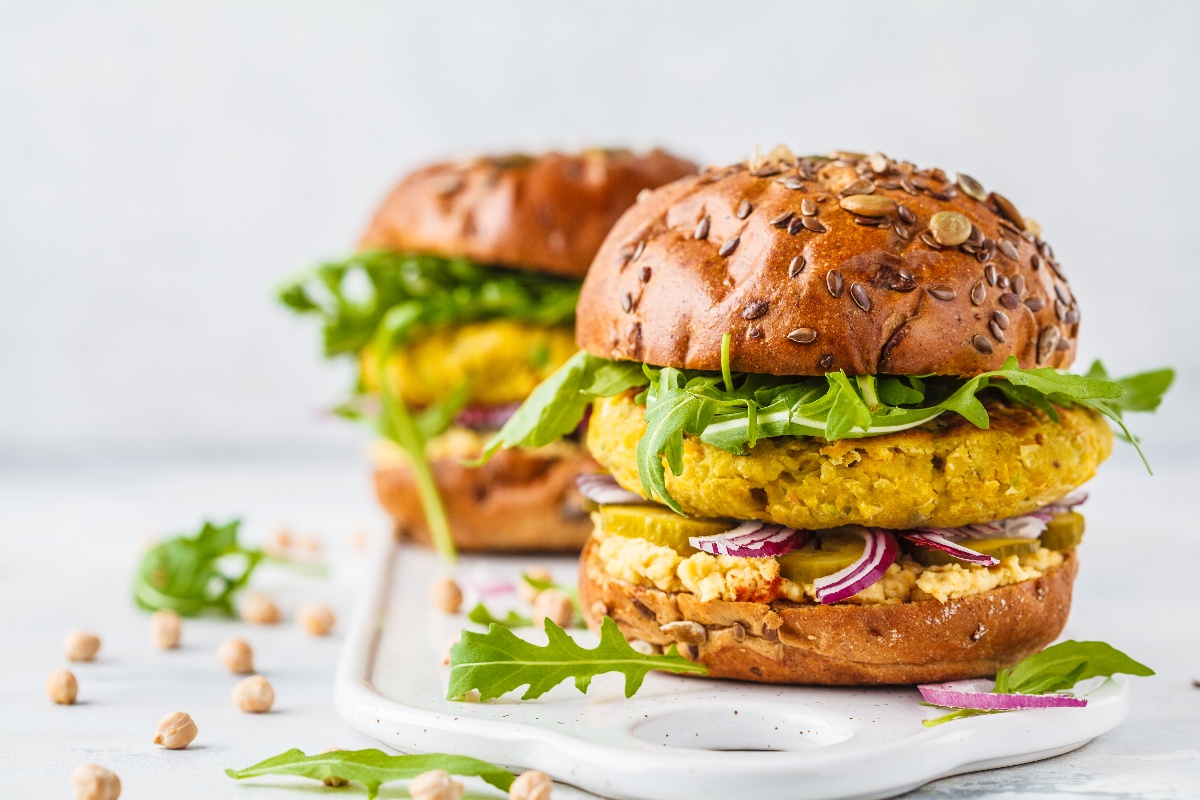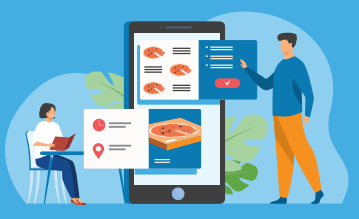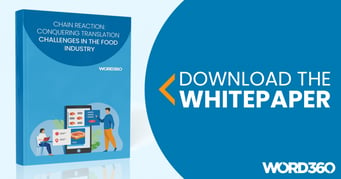The Top 5 Trends for the Food Industry 2021

The past 12 months have been as turbulent for the food industry as they have for any other, and with 85% of consumers saying their habits were affected by unprecedented circumstances, knowing what to do next has been far from easy.
However, COVID-19 is now hopefully in its final stages, and we can begin to look to the future with a welcome sense of a renewed normality. We’ve noticed distinct changes in the kind of translation services we’re providing to our food industry partners, so with that in-mind, we look at our top 5 trends for the food industry in 2021.
The rise of plant-based
UK consumers account for nearly 40% of the European meat substitutes market; a figure that is only likely rise over the next year.
The Vegan Society has received a marked increase in the number of applications to use its logo, with giants like Unilever, Sainsbury’s, Tesco, Lidl, and IKEA all keen to make the most of this particular consumer trend.
Understanding why isn’t hard when you consider the money involved: in the last year, plant-based proteins and milks topped sales of $3.3 billion.
In order to stand out in the aisles, plant-based products need to carry more protein than their dairy alternatives, and possibly even feature additional nutritional enhancements.
Conveying this information to the customer at the point of sale means ensuring that it’s a prominent feature of your packaging and labelling, and, crucially, that it stands out in every language and culture you sell to.
The climate crisis
Arguably linked in part to the rise of plant-based foods is the climate crisis, which, while the pandemic withdraws, has gone nowhere. Consumers are far from blind to the increasingly pressing need to limit our impact on the planet as climate change becomes more and more evident all the time.
Throughout the COVID-19 pandemic, disposable plastic has been understandably readopted in many situations, such as disposable cups, plastic screens, and other products like gloves and face shields.
As we emerge from the pandemic, companies will face returning pressure to combat their plastic use, so as to avoid undoing the years’ worth of progress made prior to its outbreak.
Additionally, there is likely to be increased focus on the global issue of food waste. The UN’s Food & Agriculture Organisation notes that the volume of “primary product equivalents” wasted amounts to 1.6 billion tonnes annually, with an estimated carbon footprint of 3.3 billion tonnes of CO2.
Digital continues to grow
Over the course of the last year, the pandemic forced the rapid digitisation of just about every industry, and food was no exception.
Among other continuing innovations, fears of labour shortages in particular encouraged moves towards greater automation. This not only mitigates short-term issues caused by the pandemic, but also provides efficiency advantages moving forwards.
Throughout 2021, this is likely to be a continuing trend, as manufacturers look to grow in the wake of the pandemic and better prepare themselves for such events in the future, which are set to become increasingly common.
Health concerns drive habits
Research suggests that 31% of consumers are purchasing more health-focussed items, and 50% reported they prefer foods and beverages that naturally contain beneficial ingredients.
Consumers are increasingly choosing products based upon their nutritional value and whether or not they provide functional health benefits. This has been driven, in part, by rising awareness of health problems stemming from poor diet.
Additionally, sensory experiences are rising on the consumer priority list, as people look for foods that deliver better taste and are more visually appealing.
Once again, your packaging and labelling will be under the microscope, so it’s vital that you list the health benefits of your product and ensure that anyone in any of your markets has the right information displayed to them, regardless of language or cultural background.
The Brexit effect
While Brexit is now a done deal, it’s far from over. This major change to the UK’s political and trading status will have ripple effects for years to come, the largest of which will likely be seen throughout 2021.
Our post-Brexit existence has already created changes to the regulatory environment for manufacturers, exporters, and importers, from border delays to labelling rules.
Those able to adapt to the changes more rapidly will stand the greatest chance of minimising their impact on their businesses.
In tandem with presenting challenges, however, Brexit also offers opportunity, with fresh international trade deals opening new markets. Making the most of the windows offered by our new international standing means understanding a new set of markets and the consumers within them.
On this front, speaking your consumers’ languages, appreciating cultural differences and localising your marketing efforts accordingly is vital. In fact, studies conducted by the Harvard Business Review suggest that 72.4% of consumers were more likely to buy a product with information in their own language, and 56.2% even agreed that it was more important than price.
Do you want to find out more about food industry trends and how to use translations to create opportunity? Get your free copy of our guide below.

Elliot Glynn
Feb 6, 2021Related Services

How to Drive Crucial Efficiencies in the Age of COVID-19 With Translations Technology
Don’t get left behind: learn how your business could go global with Machine Translation efficiencies
Read More
Your Complete Food Menu Translation Toolkit
72.4% of consumers are more likely to buy products with information in their own language, and 56.2% said that having the information in their own language was even more important than price.
Read More.webp)
Chain Reaction: Conquering Translation Challenges in the Food Industry
Know your industry trends and how to capitalise on them.
Read More